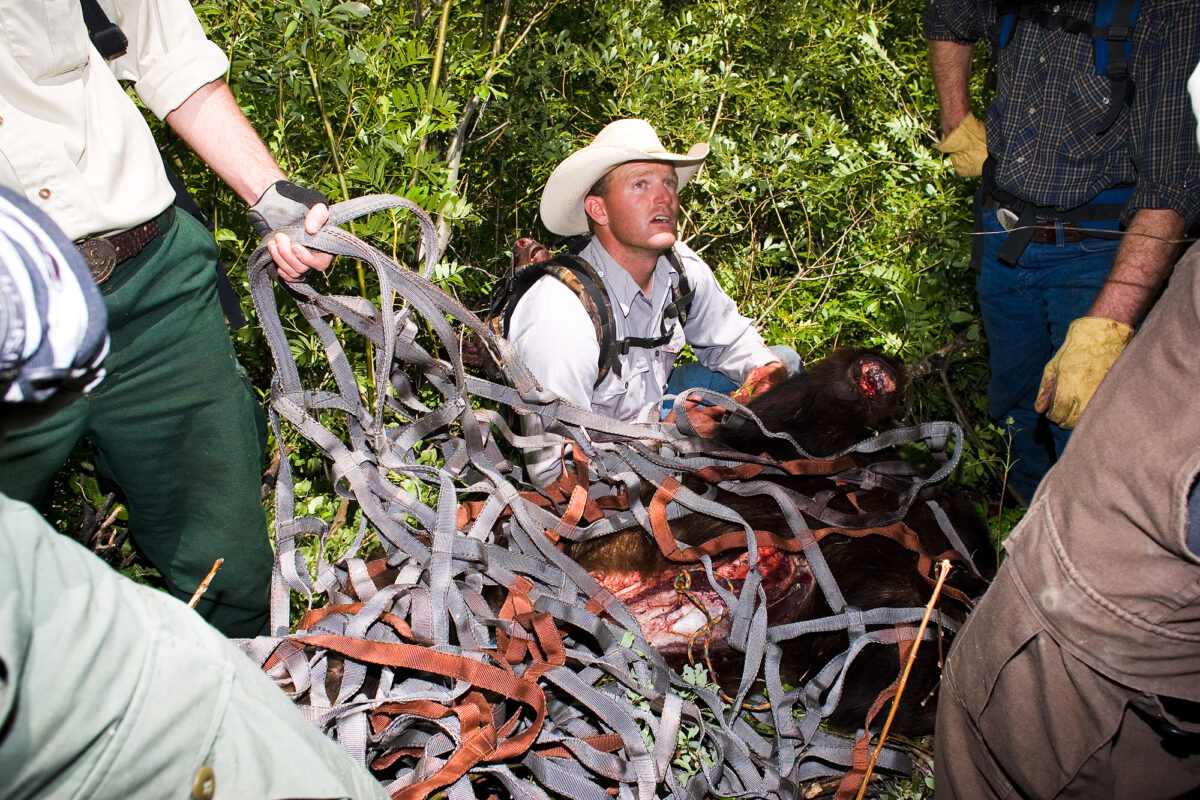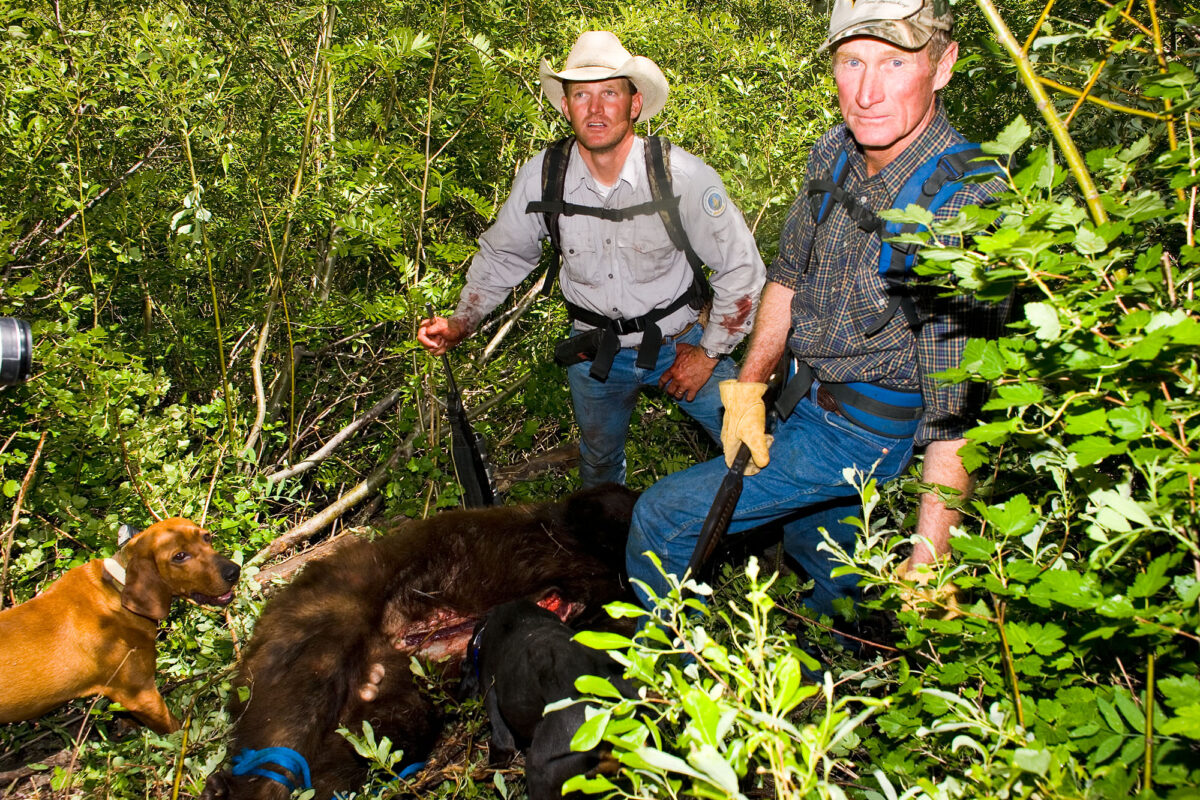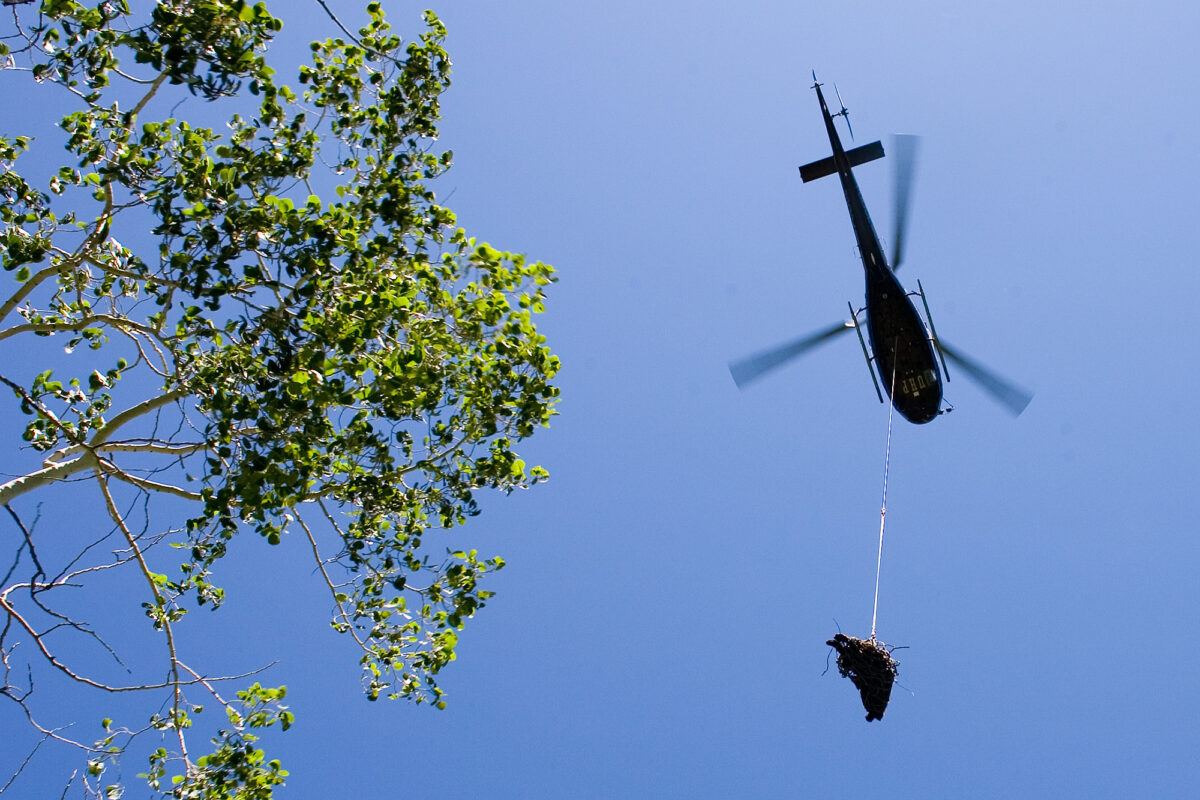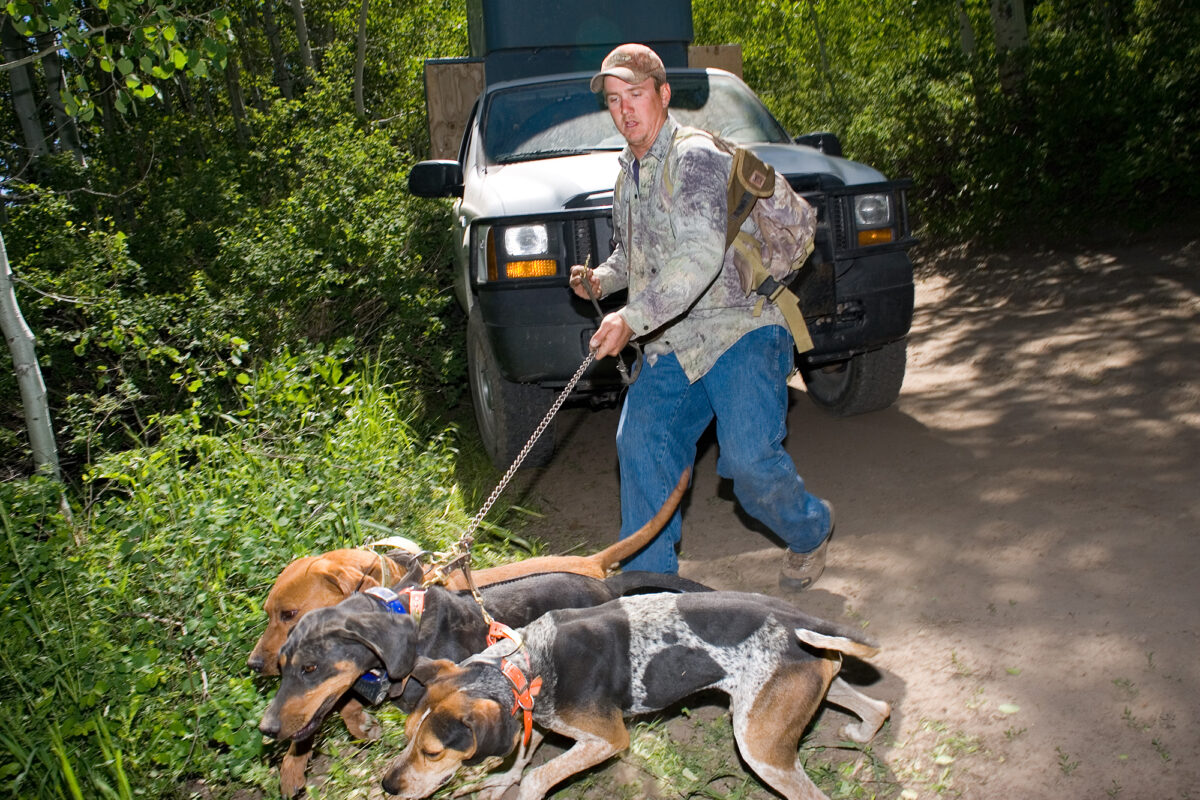Timpanogos camping trip turns tragic for local family
A dangerous bear that had been unsuccessfully hunted all day Sunday dragged an 11-year-old boy from his tent late that night and killed him.
Samuel Evan Ives was sleeping in the tent with his mother, stepfather and 6-year-old brother at an undeveloped camp site about a mile and a half from the Timpooneke Campground in American Fork Canyon. At about 11 p.m., the boy’s stepfather told police that he heard a scream, opened the boy’s section of the tent and saw that the boy was gone.
The stepfather, Tim Mulvey, is an employee of the Daily Herald. The boy’s grandfather has scheduled a press conference at 9 a.m. today in Pleasant Grove.
“This is just a tragic event that is extremely rare,” said Jim Karpowitz, director of Division of Wildlife Resources.
Originally, the family reported a kidnapping. The canyon and campsite just above the Timpooneke Campground in American Fork Canyon were closed and a search ensued.
That assessment changed when a dog began following a trail of sleeping bag scraps and clothing, and the boy’s body was found 400 yards from the tent.
After an intense hunt Monday that involved hounds, three agencies on foot and a Utah Highway Patrol helicopter, the bear was found and killed at about 11:40 a.m. The bear was 250 to 300 pounds.
DNA tests confirmed it was the one responsible for the fatal attack, according to the Associated Press.
This is the 13th fatal attack by a black bear in North America since 2000. Most of the fatal attacks are in Canada, where there are more bears.
The bear was already considered a “level 3” bear — extremely dangerous — and DWR officials began hunting it early Sunday morning after it swiped at a tent in a nearby campground, said Scott Root, DWR central region conservation outreach manager.
According to DWR policy, “level 3” bears are considered dangerous enough to be destroyed because they aren’t afraid of people.
Kurt Francom, the father of two men who reported the first sighting Sunday morning, said he was devastated.
“It broke me down,” Francom said. “That could have been my boy.”
His sons and their friends were camping in the same area the night before the fatal attack, near the Bear Canyon Trail at the north slope of Mount Timpanogos.
They reported seeing the bear Sunday at 5:20 a.m.
Francom’s son, Jake, awoke to the tent being “brushed” and at first thought his friends, who went to sleep in a different tent, were playing a joke. But when Jake was hit hard enough to feel kicked, he woke up his girlfriend in his tent and pulled her out. They fled the tent just as the bear broke in.
“He has a pillow with a bear print on it,” Francom said, noting that they have coolers with bite marks in them as well that were at the camp site.
Francom said his sons and their friends threw rocks at the bear and fired 9 mm pistols in the air to scare it away from their campsite. They packed up, drove down to the base of the canyon and called their father and then police, who searched for the bear Sunday.
But while the weekend’s sunny weather did lend itself to camping, it also created problems for bear hunting. The dry, hot and breezy weather is the worst for tracking bears, Root said, and hounds tracking the bear Sunday lost the scent.
Still, Kurt Francom was upset at what happened, feeling that a boy didn’t need to die when a report had already been made.
“This could have been avoided,” he said.
Of the 2,000 to 4,000 bears in Utah, officials know the two campsite visits were done by the same bear because the bear retreated using the same route both times, Root said.
Dr. Kevin Bunnell, mammals program coordinator for the Department of Natural Resources, said rarely will a bear come back to the same place twice, noting that often a tactic for dangerous bears is to have hounds simply chase the bear away. He said hindsight is always clearer.
“If we could go back and keep people from camping there, we would,” Bunnell said, noting that maybe they should have kept people from camping where a level 3 bear was. “If we would have caught it yesterday (Sunday), we would have killed it.”
Instead, signs were posted, warning campers of a bear sighting. The campground host was also notified, Root said.
Officials were not commenting Monday afternoon on whether the family’s campsite had food around it, but were recommending that campers keep sites clean as a precaution.
After the bear was killed, its head and claws were sent to the Utah State Crime Lab for testing to make sure it is the bear that attacked the boy. The rest of the bear will be sent to the veterinary service lab at Utah State University.
Donations can be made at an Zions Bank branch in the name of Samuel Evan Ives.
Natalie Andrews can be reached at 344-2548 or at nandrews@heraldextra.com.
This story appeared in The Daily Herald on page A1.




